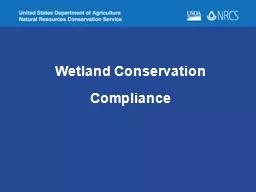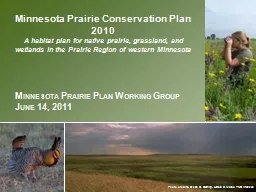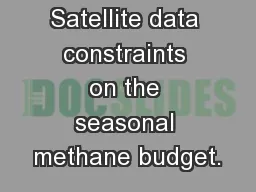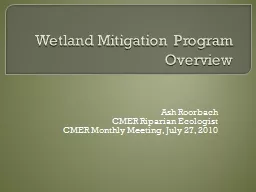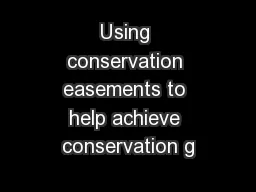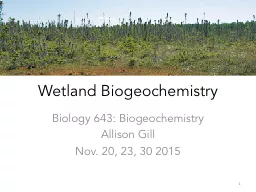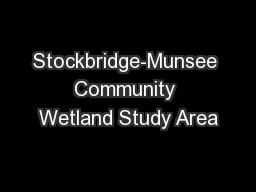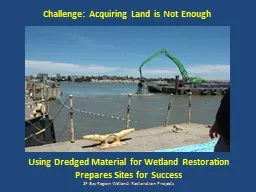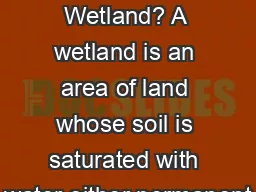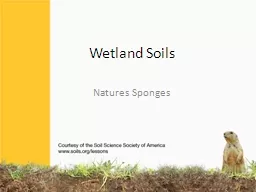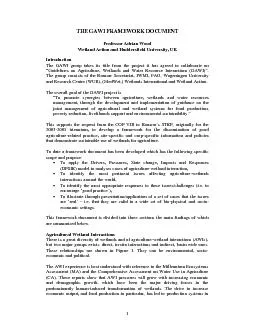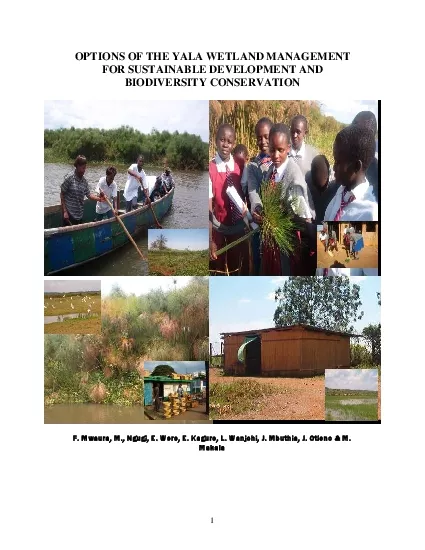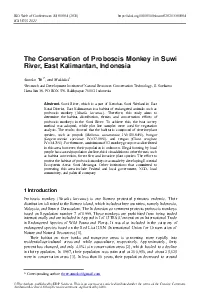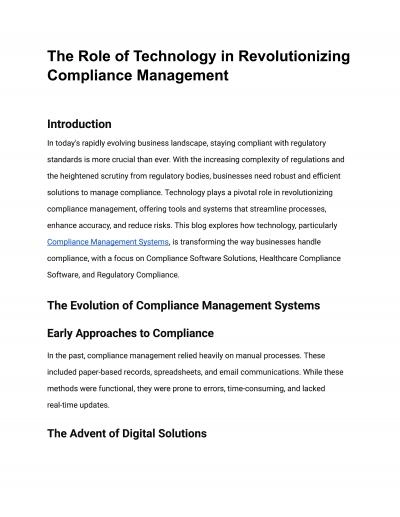PPT-Wetland Conservation Compliance
Author : liane-varnes | Published Date : 2018-12-09
The Food Security Act was enacted on December 23 1985 Title XII of this Act introduced 3 conservation provisions to address environmental concerns associated with
Presentation Embed Code
Download Presentation
Download Presentation The PPT/PDF document "Wetland Conservation Compliance" is the property of its rightful owner. Permission is granted to download and print the materials on this website for personal, non-commercial use only, and to display it on your personal computer provided you do not modify the materials and that you retain all copyright notices contained in the materials. By downloading content from our website, you accept the terms of this agreement.
Wetland Conservation Compliance: Transcript
Download Rules Of Document
"Wetland Conservation Compliance"The content belongs to its owner. You may download and print it for personal use, without modification, and keep all copyright notices. By downloading, you agree to these terms.
Related Documents

